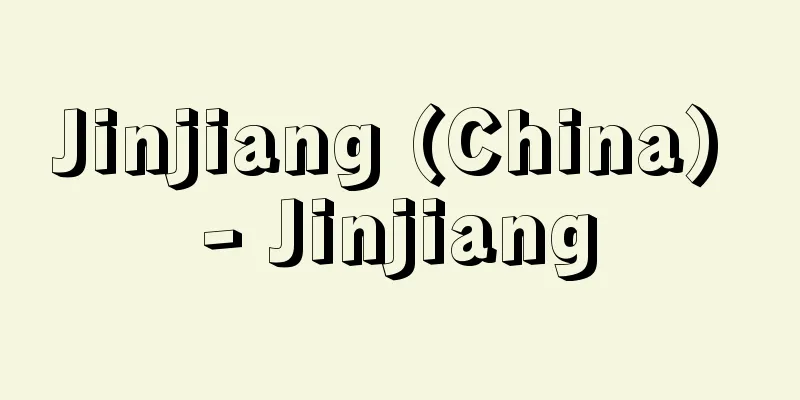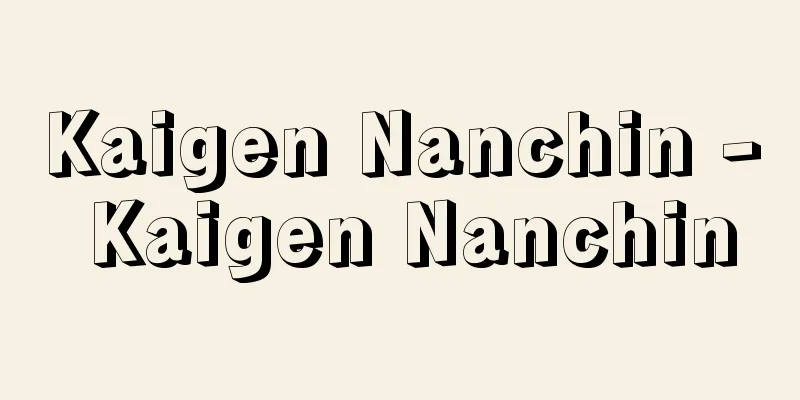Chicago School

|
It is a school of economics. Unlike the Japanese iemoto system (or sometimes schools of thought), the Chicago School was not founded primarily by a master-disciple relationship, as typified by the Austrian School. Therefore, there is no founder of the Japanese version of the Chicago School. However, there is no doubt that Frank H. Knight (1885-1972) was the earliest leading figure among the scholars of what eventually became known as the Chicago School. In fact, Knight himself (apart from the Austrian Joseph A. Schumpeter, who became a professor at Harvard University) was the founder of theoretical economics in America. This is evident from the fact that three of his students, George J. Stigler, Milton Friedman, and Paul A. Samuelson, were eventually awarded the Nobel Prize in Economic Sciences. Moreover, all three of these men published economics textbooks, and each of them was clearly influenced by Knight's textbook (not for sale) Economic Organization, which shows how great Knight was. Knight himself specialized in risk and profit issues, with a focus on uncertainty, and his extremely theoretically rigorous price theory became a major traditional feature of the Chicago School. His theory of the free economy, along with that of his colleagues Henry C. Simons and Jacob Viner, also became another major traditional feature of the Chicago School. The Chicago School not only constitutes the core of the University of Chicago's School of Business Administration, but is also a major feature of the law school, as seen in the academic journal Law and Economics published by the law school. It was first published by Aaron Director (Friedman's brother-in-law) shortly after the Second World War, and under his successor Ronald H. Coase, it has become a major base not only for interdisciplinary issues between law and economics, but also for the so-called "economics of politics." Under Director's influence, Stigler established a major tradition in the field of industrial theory of the Chicago School. Friedman was taught by Lloyd Mintz, a teacher who specialized in monetary theory, but Friedman's monetary theory was established independently by himself, and in this respect Stigler was also the same, and was original, and in addition to industrial organization theory, he has made creative contributions to the establishment and promotion of the "economics of information." The two men who currently support the Chicago School are Gary S. Becker and Robert E. Lucas. Influenced by Theodore W. Schultz, who served as Dean of the Department of Economics at the University of Chicago for many years, Becker specialized in "human capital theory." Schultz was awarded the Nobel Prize in Economics for pioneering this theoretical field, but it was Becker who established "human capital theory" and seriously expanded it on a theoretical level. Influenced by Friedman, Lucas specialized in "theory of expectations and business cycle fluctuations," but further developed this into "rational expectations theory," thereby pioneering a new field of economic theory. Now, the Chicago School is beginning to move into its third generation, with the generation succeeding Becker and Lucas emerging. [Chiaki Nishiyama] “MW Reder “Chicago Economics: Permanence and Change,” Journal of Economic Literature, Vol. 20, No. 1 (March, 1982)” Source: Shogakukan Encyclopedia Nipponica About Encyclopedia Nipponica Information | Legend |
|
経済学派の一つ。日本の家元制度(場合によると学派)と異なり、オーストリア学派を典型として、シカゴ学派も師弟関係が中心になって発生したものではない。したがって日本流の創始者は、シカゴ学派にはいない。だが、フランク・H・ナイトFrank Hyneman Knight(1885―1972)が、やがてシカゴ学派として知られるようになったグループの、もっとも早期における学者たちの指導的人物であったことは疑いない。それどころか、ナイトこそ(ハーバード大学教授となったオーストリア人ジョセフ・A・シュンペーターなどを除けば)、アメリカの理論経済学の創始者であった。このことは、その弟子のなかから、ジョージ・J・スティグラー、ミルトン・フリードマン、ポール・A・サミュエルソンという3人が、やがてノーベル経済学賞を授与されることからも明らかである。しかも、これらの3人は、それぞれ経済学の教科書を刊行したが、そのどれもが恩師ナイトの教科書(市販はされなかった)『経済組織』Economic Organizationの影響を、それなりに歴然として受けていることからも、ナイトの偉大さがうかがわれる。 ナイト自身は、不確実性問題を中心に、リスク(危険)や利潤問題を専攻したが、その理論的に厳密きわまりない価格理論こそ、その後のシカゴ学派の伝統的な一大特徴となった。また、その自由経済理論は、同僚のヘンリー・C・サイモンズやジェイコブ・バイナーらの自由経済理論とともに、シカゴ学派のもう一つの伝統的一大特徴となった。 シカゴ学派は、現在ではシカゴ大学の経営学部の中核を構成しているだけでなく、法学部が刊行している学術誌『法と経済学』Law and Economicsにみられるように、法学部の一大特色をもなしている。これは、アーロン・ディレクター(フリードマンの義兄)によって、第二次世界大戦後早期に刊行され始め、ディレクターの後を継いだロナルド・H・コースのもとに、いまや法学と経済学との学際的問題だけでなく、いわゆる「政治の経済学」の一大拠点ともなっている。ディレクターの影響を受けて、スティグラーはシカゴ学派の産業理論分野における大きな伝統を確立した。フリードマンは、ロイド・ミンツという貨幣論を専門とする教師から薫陶されはしたが、フリードマンの貨幣理論は彼自身が独自に樹立したものであり、この点はスティグラーも同様であって、独創的であり、産業組織論以外にも「情報の経済学」の樹立と推進に創造的貢献をしてきている。 シカゴ学派の現在を支えているのは、ゲイリー・S・ベッカーとロバート・E・ルーカスである。ベッカーは、シカゴ大学の経済学部長を長年にわたって務めたセオドア・W・シュルツの影響を受けて、「人的資本論」を専攻した。シュルツは、この理論分野を開拓した功によってノーベル経済学賞を授与されたが、「人的資本論」を確立し、理論面で本格的にこれを拡充したのはベッカーである。ルーカスは、フリードマンの影響を受けて、「期待と景気変動理論」を専攻したが、これをさらに「合理的期待理論」へと発展させることによって、新しく経済理論分野を開拓した。 そしていまや、シカゴ学派は第三世代へと移行し始めており、ベッカーやルーカスを継ぐ世代が台頭してきている。 [西山千明] 『M. W. Reder“Chicago Economics : Permanence and Change,” Journal of Economic Literature, Vol. 20, No. 1 (March, 1982)』 出典 小学館 日本大百科全書(ニッポニカ)日本大百科全書(ニッポニカ)について 情報 | 凡例 |
Recommend
Stonework - Ishitsukuri
...a craftsman who cuts stone (quarries), process...
Clerical Fascism - Klerikofaschismus German
A type of authoritarian regime established by the...
Plywood - Gohan (English spelling)
Wood is peeled into thin boards, and an odd numbe...
Night Sky Light
This refers to the natural light from the night sk...
Chrysotile
Also called chrysotile. A type of serpentine. Fibr...
Barzani (English spelling)
...However, this regime collapsed with the withdr...
Menotti - Gian Carlo Menotti
Italian-born composer. After studying at the Mila...
Marquis of Oaxaca Basin
...Later, he came into conflict with royal offici...
Correctional education - Kyoseikyoiku
Legally, it means the education given to juvenile...
Shalom Rabinovich
…Also known as Sholem Aleichem. His real name was...
Saussurea pulchella (English spelling) Saussurea pulchella
…[Mitsuru Hotta] [Aya Nitta]. … *Some of the term...
Itsukijima
An island located at the southern tip of Hiroshim...
Akazaragai - Akazaragai
A bivalve mollusc of the Bivalve family of the Pe...
Aya - Aya
…corresponds to the Sumerian Utu. Son of Sin and ...
Tax - tax (English)
The significance of taxes A tax is a payment of m...









